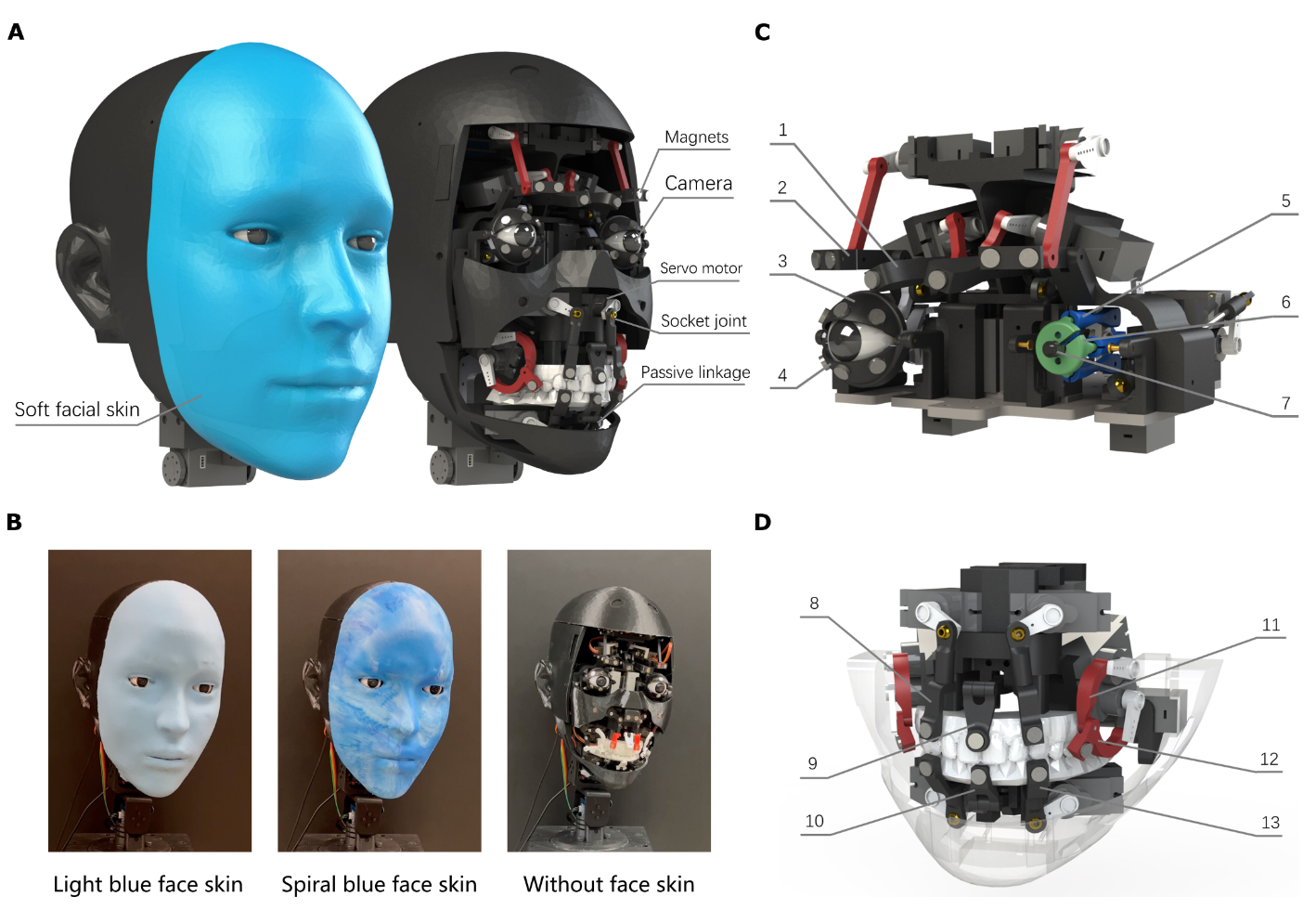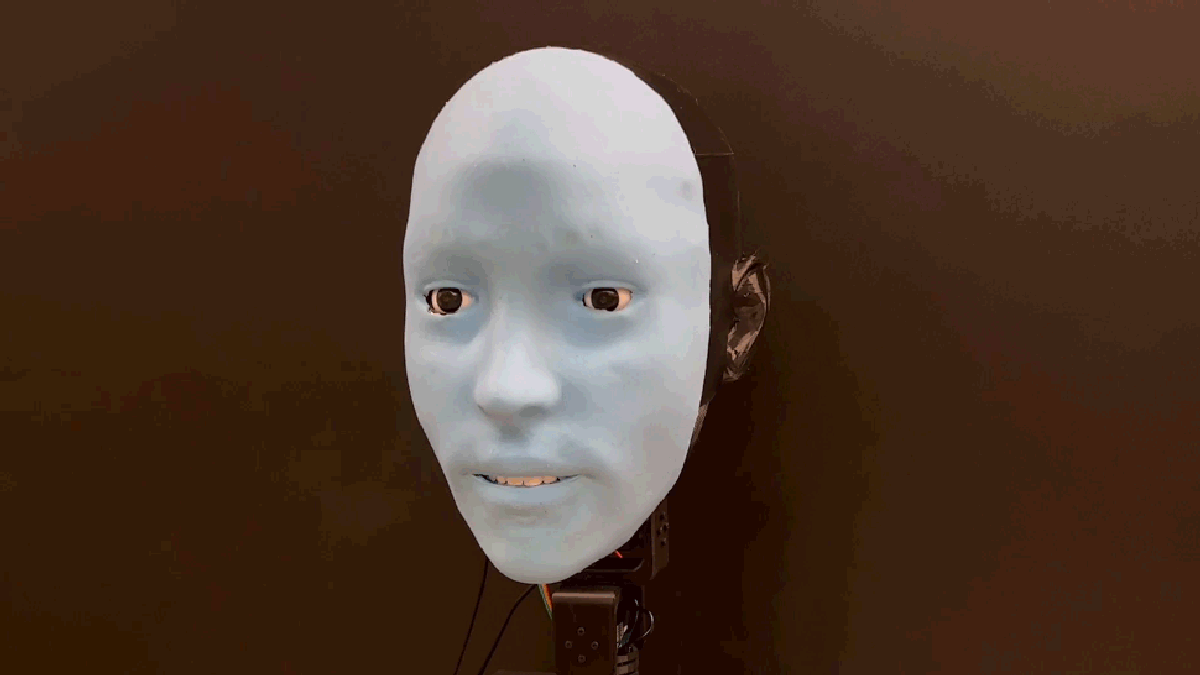As advances in robotics and artificial intelligence continue, efforts to make robots less scary and unsettling and more friendly and more human-like are a sought-after development niche. Now, federally funded researchers claim to have developed a robot that can mimic the facial expressions of the person it is talking to.
In a recent one published paperResearchers working under a National Science Foundation grant explained how they built their latest robot, “Emo,” and the efforts they made to make the machine more responsive to human interactions. At the beginning of the work, the researchers point out the importance of the human smile in social mirroring:
Few gestures are more endearing than a smile. But when two people smile at each other at the same time, the effect is amplified: not only is the feeling mutual, but when both parties smile at the same time, they are also likely to be able to correctly infer the other’s mental state in advance.
The researchers’ new robot is an “anthropomorphic facial robot.” This is not their first robot. An earlier version of the bot was called “Eva.” However, researchers say that Emo is significantly more advanced than Eve.
The goal of emo was to achieve what researchers call “coexpression,” i.e. the simultaneous imitation of a human counterpart’s facial expression. To achieve this, the researchers developed a prediction algorithm trained on a large video dataset of people making facial expressions. Researchers claim that the algorithm they developed is able to “predict the target expression a person will produce based on initial and subtle changes in their face.” The algorithm then tells the robot’s hardware in “real time” which facial configuration to emulate, researchers say.
Actually getting the robot to produce a facial expression is a different story. The robot’s different facial configurations are powered by 26 different motors and 26 actuators. Researchers say most of the motors are “symmetrically distributed” – meaning they are designed to produce symmetrical expressions – except for the motor that controls the robot’s jaw. Three motors control the robot’s neck movements. The actuators, meanwhile, enable the creation of more asymmetrical expressions.
Emo also comes with a replaceable silicone “skin” that attaches to the robot’s face with 30 magnets. Researchers note that this skin can be “replaced with alternative designs to achieve different looks and care for the skin,” making the face customizable. The robot also has “eyes” equipped with high-resolution RGB cameras. These cameras allow Emo to see his conversation participants and thus imitate their facial expressions.

At the same time, researchers write that they are using a so-called “learning framework that consists of two neural networks – one for predicting Emo’s own facial expressions (the self model) and another for predicting the conversant’s facial expressions (the conversant model). ” When you put the software and hardware together, you get a machine that can do things like this:
